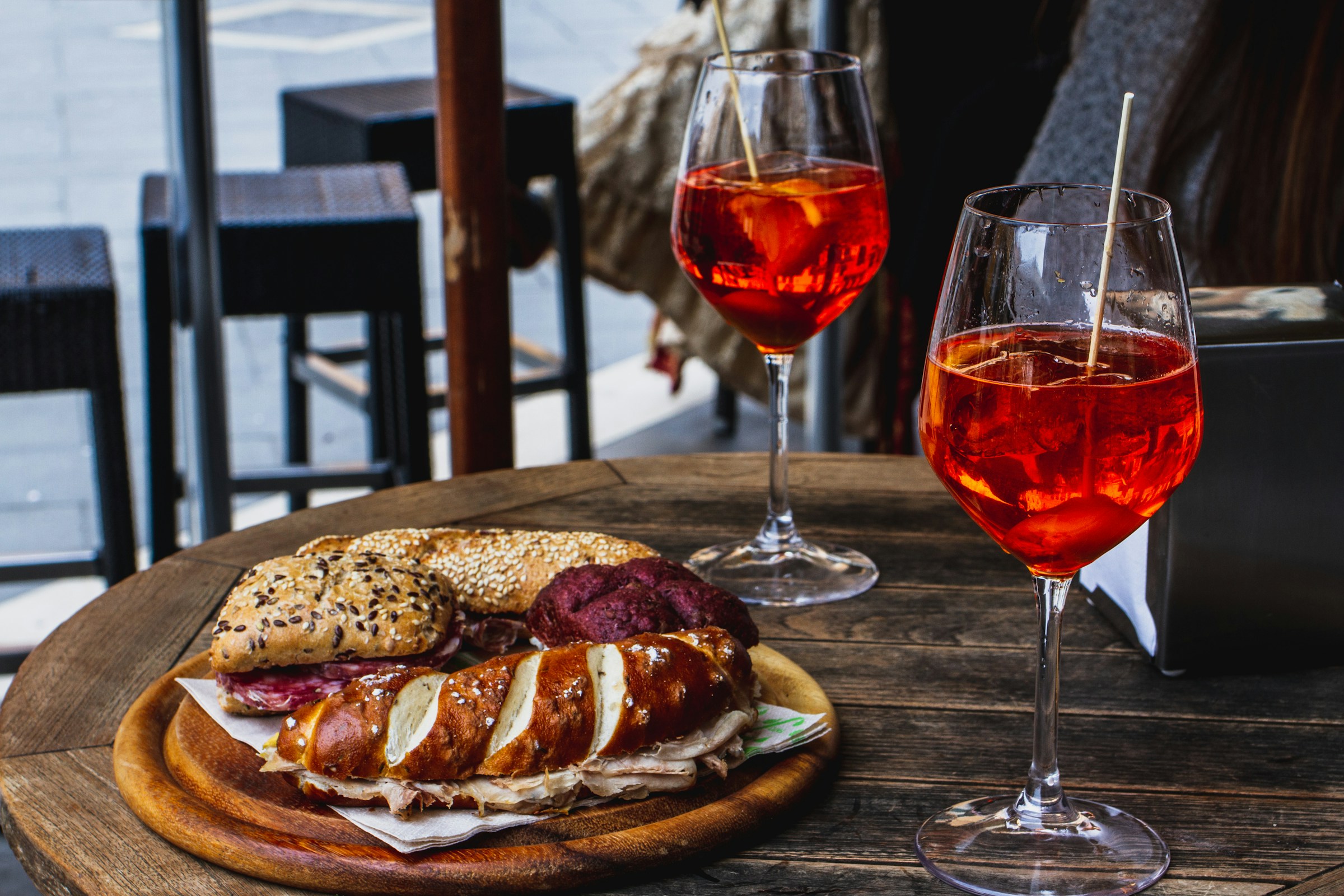
Curator’s statement
One of my favorite ways to see daily life in action when I travel to a new place is by wandering through bustling markets, sampling regional foods and people-watching as I go. Italy, where fresh pasta and designer handbags abound, is one of the best places to do this. Keep reading to get the lowdown on which markets in Rome you should add to your itinerary next time you’re in the Eternal City.
The Fora Difference
Book with Kinsey to access exclusive perks and experiences on your trip.
Killer perks
Free upgrades, spa credits and more—we got you
Personalized recs
Customized travel planning for your style
Insider knowledge
Expert advice from people who’ve actually been there
Where to stay in Rome
Unlock perks by contacting Kinsey to book your trip.
Markets in Rome

Food markets
Campo de Fiori: One of the oldest food markets in Rome. Although it caters more to tourists these days, you can still get a sense for what the market experience was like a century ago if you get there early enough in the morning.
Mercato di Testaccio: A foodie’s paradise. With a wide variety of street foods on offer, here you can create your own tasting menu (at a fraction of the cost).
Mercato di Campagna Amica: Where shopping local is the only option. Everything at this market is produced within 100 kilometers of Rome, so you’ll be hard-pressed to find fresher food anywhere else in the city.
Mercato Trionfale: Rome’s largest food market. Take a stroll through the 270+ stalls after spending a morning at the Vatican. You’ll see a lot more locals than tourists here!
Nuovo Mercato Esquilino: For flavors from around the world. This market features African and Asian vendors alongside Italian ones, offering a reflection of modern Rome.
Flea markets
Porta Portese: A classic flea market. Here you’ll find just about everything, from genuine antiques and second-hand clothes to books and knock-off designer items. Go early in the morning for the best deals and watch out for pickpockets.
Mercato Monti: The coolest market in the coolest neighborhood. Although it’s not the cheapest, this market is well organized and is full of vintage hidden gems.
Borghetto Flaminio: A Sunday-only Roman institution. Second-hand designer clothes, handbags and antiques are plentiful in this flea market. There is a small entrance fee (under €2), but it’s worth it to be able to browse in a calmer environment.
Places to eat & drink in Rome

Labottega Pastificio: Homestyle Roman cuisine serving homemade pasta along with a few non-traditional items.
I Sofà Bar Restaurant & Roof Terrace: A rooftop bar with ample seating and a view of the city, with food served in generous portion sizes for the price.
Le Mani In Pasta: Literally translated to “Hands In The Pasta,” you’ll find fish, pasta and meat dishes that might just make you live up to the restaurant’s name.
Pizzeria Ai Marmi: No trip to Italy is complete without eating your weight in pizza. This is a great place for affordable yet delicious food and drinks and ample outdoor seating.
Retrobottega: Food made in an open kitchen by Michelin-starred chefs, without the Michelin-star prices.
I Pizzicaroli: When in Rome, do as the Romans do — even if the restaurant’s owners are from Umbria. In this case, that means partaking in aperitivo. Share a meat and cheese platter with a group for a reasonably priced pre-dinner snack.
Ginger: For when you want lighter fare for breakfast and lunch, like fresh juices, seasonal pasta dishes and a coffee bar.
Ciampini Bistrot: See and be seen at this restaurant serving traditional Roman fare in an elevated atmosphere. Reservations are a must for snagging a table outside.
Need to know
Tips & etiquette for markets in Rome:
Cash is king, especially in small denominations.
Keep an eye out for pickpockets.
Double check opening days/hours, as each market is different.
Shop around at different stalls and compare prices and quality before purchasing souvenirs and wearable items.
You can try your hand at haggling, but don’t expect to get more than 10 percent off the price and don’t negotiate prices with food vendors.
Don’t touch the produce unless you want to invite the ire of the vendor. Signs that say “non toccare” will remind you to keep your hands to yourself.

Travel Advisor
Kinsey Baltzell

Get in touch with Kinsey
Did you like this guide? Reach out to customize and book your own experience. Or, just to chat about travel in general.
You can normally expect a response from Kinsey within a business day or so. You’ll also be subscribed to our travel newsletter (you can unsubscribe at any time).
This guide is part of our ongoing series on travel to Rome. Looking for more travel inspiration? Check out Fora Advisor Carey Gooch's guide, The Perfect 2 Day Rome Itinerary.